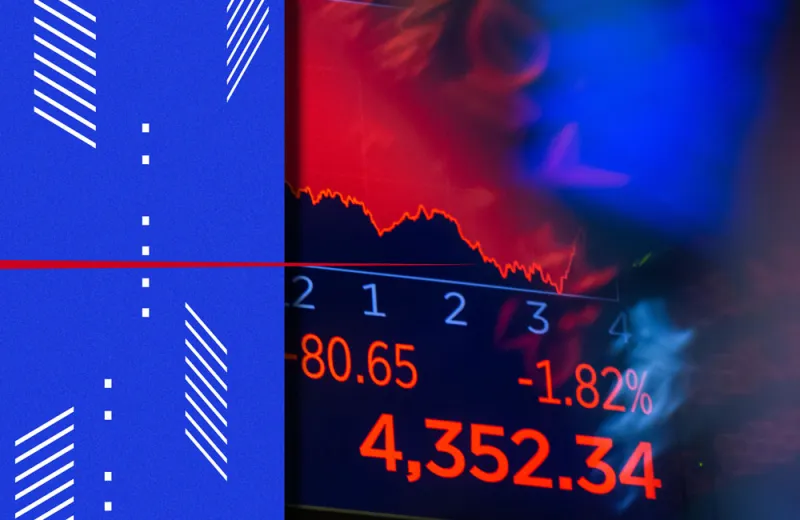Venture capital investors are failing in predictable ways, and it’s costing them big time.
Regardless of how sophisticated a firm is or how high the stakes of an investment are, institutional investors who invest in early-stage startups often make bad investments, and those missteps can be predicted with the help of an algorithm, according to a research paper entitled, “Predictably Bad Investments: Evidence from Venture Capitalists,” by Diag Davenport, a doctoral candidate in behavioral science at the University of Chicago’s Booth School of Business.
Using PitchBook data, Davenport compiled a sample set of startups that had participated in any of the top 100 accelerator and incubator programs — which he described as “launchpad[s] for many startups” — between 2009 and 2016. This included companies such as Airbnb, Doordash, Stripe, Dropbox, Coinbase, Instacart, Uber, and others — 16,054 companies in total, representing over $9 billion in investments. Davenport then constructed a data set of all equity deals in PitchBook’s database that had taken place within the first five years after a company had finished its accelerator program.
Using this data, Davenport trained an algorithm to predict the late-stage exit of the firm. To do this, he fed the algorithm early information about each firm, which included factors such as funding levels, proxies for founder education quality, and the gender of the founder. The algorithm differentiated between startups that were more or less likely to make exits, which Davenport defined as an IPO, acquisition, or Series D or later transaction.
In the paper, Davenport showed that about half the investments in his data set were “predictably bad,” which he defined as an investment that, at the time it was made, featured a predicted return that was less than the return of other investment choices available on the market at the same time. In his study, the total cost of these bad investments was 100 basis points — about $900 million.
Davenport then compared the success predicted by the algorithm to the actual outcome. He found that the firms that had been labeled by the algorithm as poor investments made exits at a rate of only 5 percent, while companies with higher algorithm-predicted success rates were more likely to have positive valuations. In short, the algorithm successfully predicted the future success or failure of a startup more accurately than the VC investors who had invested in the companies at earlier stages.
“That an algorithm can detect a statistically reliable pattern opens the [door] for investors to [achieve] returns not by luck, but by selecting [for] quality,” Davenport wrote.
So why do investors make bad investments? Davenport’s research showed a connection between investors that prioritized founder details in their investment decisions and a failure to exit. Conversely, it also found that the the most successful firms prioritized product details. “When making good investments, investors appear to bet on the horse, but when making bad investments they appear to be betting on the jockey,” Davenport wrote.
Other factors that Davenport found could contribute to the failure of an investment include investors who overemphasize the education of the founder, or a potential misalignment of the incentive structure between principal and investor. Davenport said there was a “perfect storm of reasons why investors are likely unaware of their forgone returns and why they may not do much about them even if they did know.”
Not surprisingly, Davenport said that one solution to predictable underperformance is more widespread use of algorithms like the one he built. He attributed the current slow pace of adoption of such technology to institutional constraints and behavioral preferences. “Company inertia and [the] preferences of limited partners could limit profit-improving technology adoption,” he wrote. “Alternatively, investors may be overconfident in their abilities; they may intrinsically value agency; or [they may] have an inherent algorithm aversion.”







